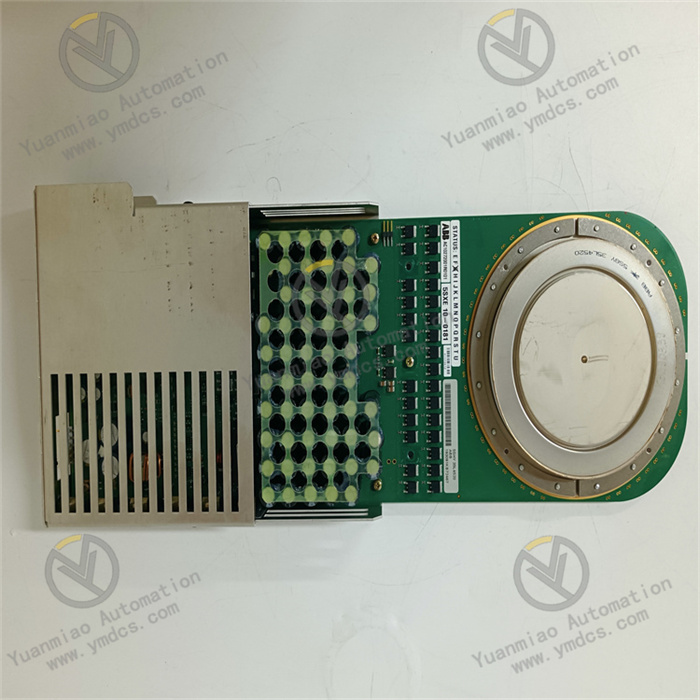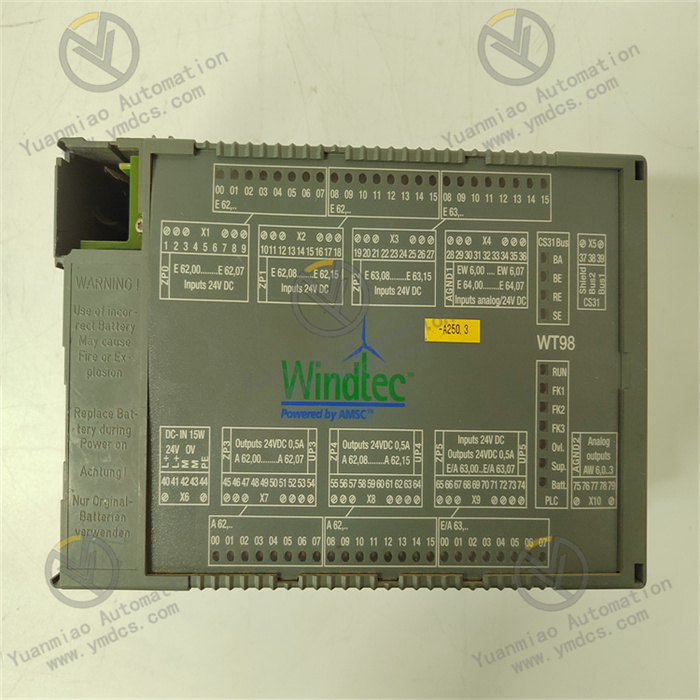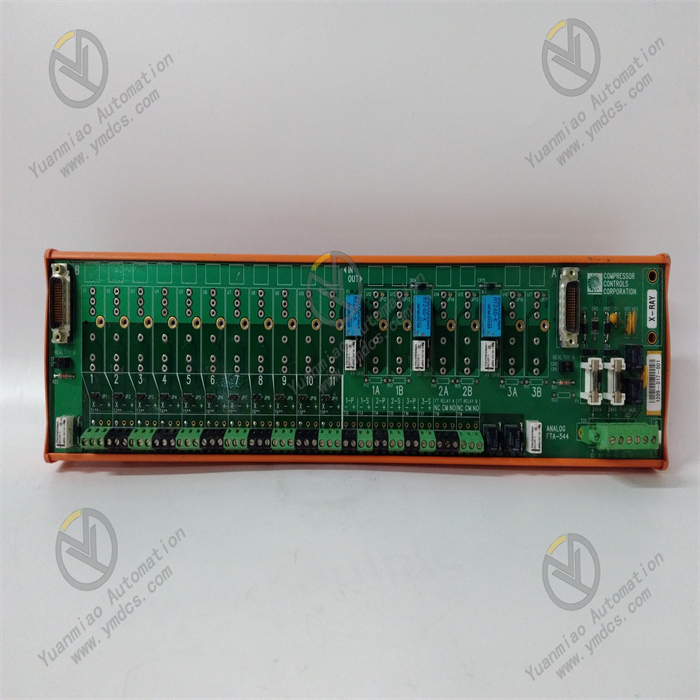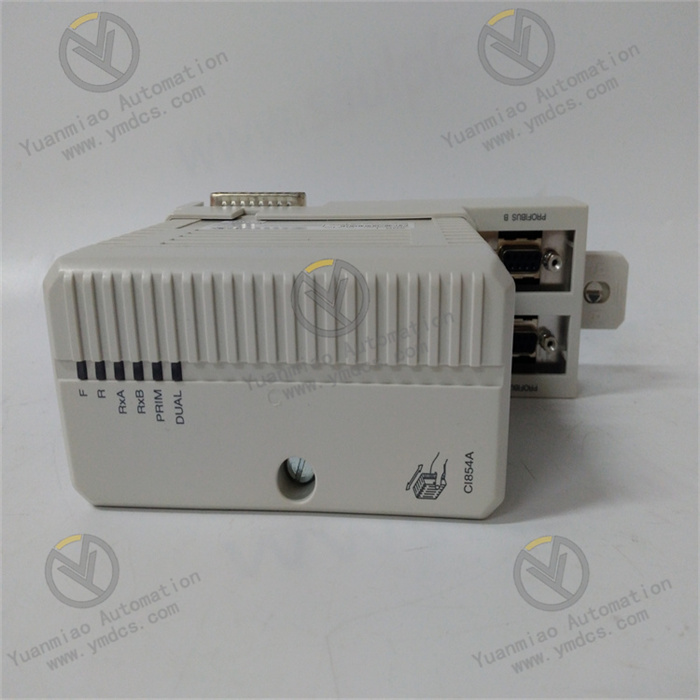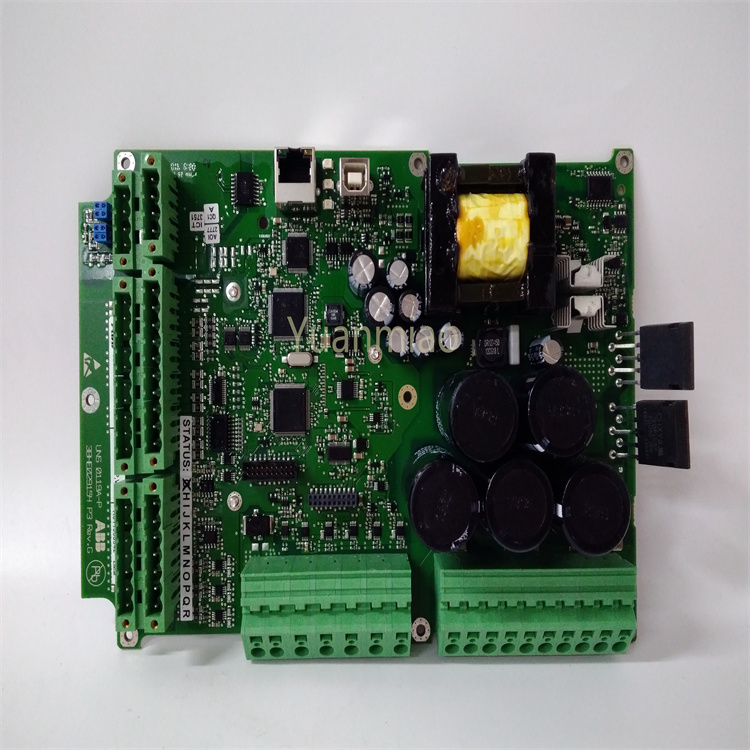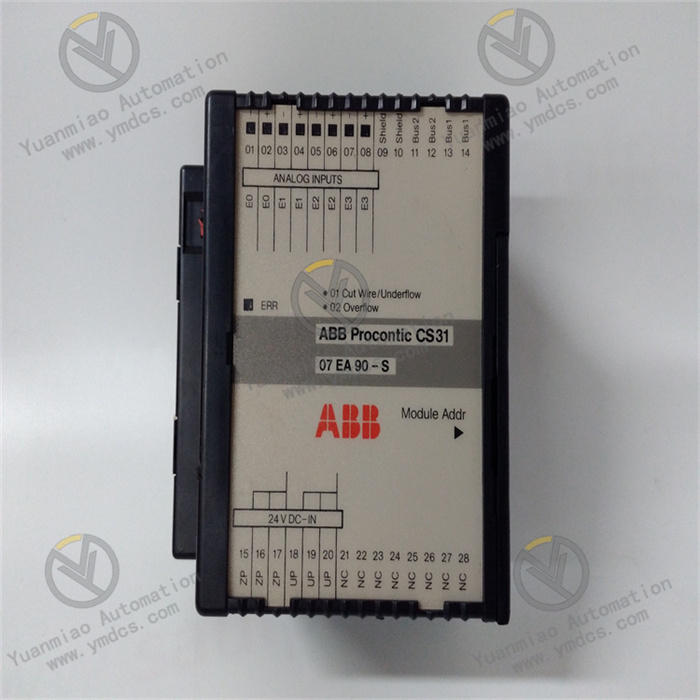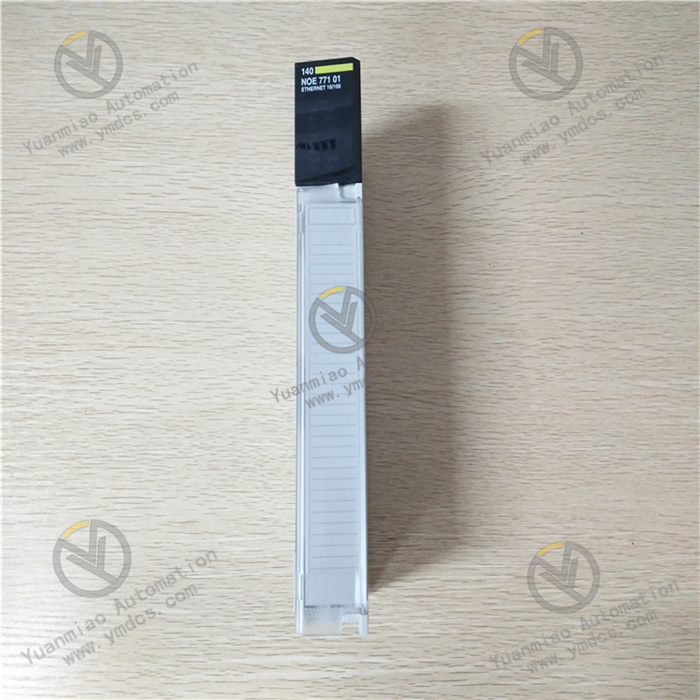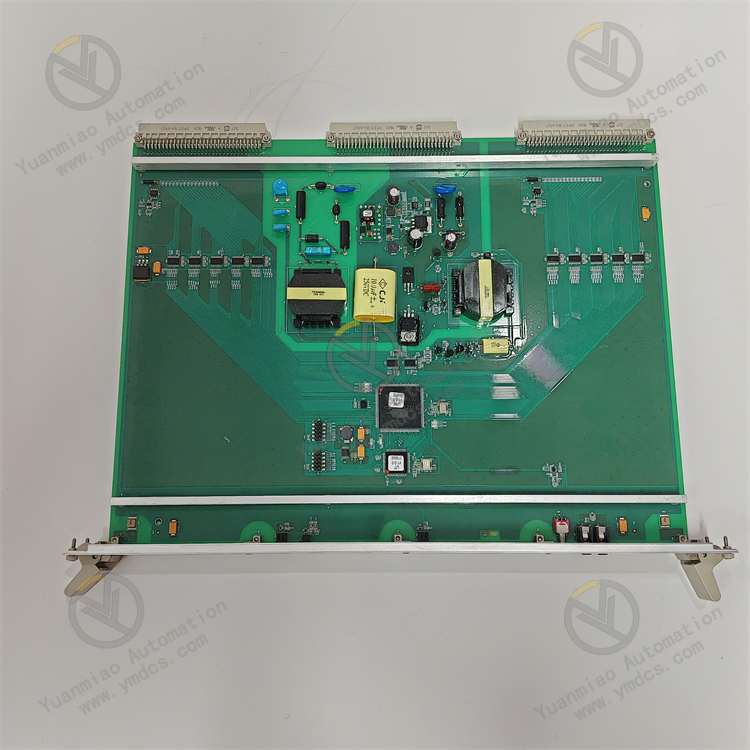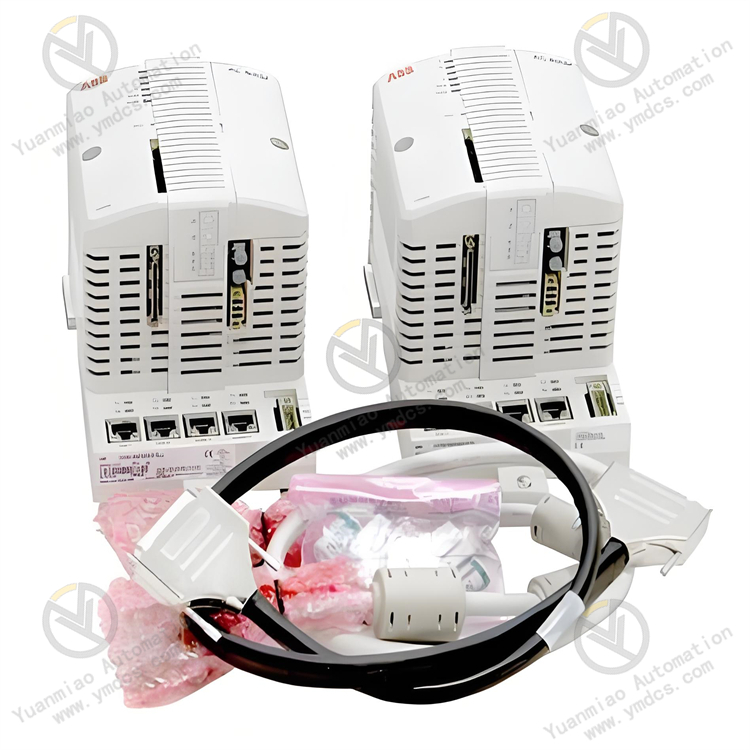Description
GE IC695ETM001-EK
I. Overview

II. Technical Parameters
Communication Interfaces: Equipped with 2 10/100/1000Mbps Gigabit Ethernet electrical ports, supporting auto-negotiation function, which can automatically adjust the communication rate according to the rate of connected devices. It also supports full-duplex and half-duplex modes, ensuring flexibility and efficiency in data transmission. The interfaces adopt RJ45 connectors, featuring good compatibility and connection stability.
Power Requirements: The working power is supplied by the backplane of the RX7i system, with an input voltage of 5V DC and a typical working current of 300mA. It has low power consumption, which will not impose excessive burden on the system power supply, and simplifies external wiring at the same time.
Operating Environment: The operating temperature range is 0-60°C, and the storage temperature range is -40-85°C, which can adapt to large temperature changes in industrial sites. It can work stably in an environment with a relative humidity of 5%-95% (without condensation). Its anti-vibration performance complies with the IEC 61373 standard, with a vibration acceleration of up to 10g in the frequency range of 10-2000Hz, and the anti-shock performance can reach 30g under an 11ms pulse width, ensuring reliable operation in harsh industrial environments.
Compatibility: It is fully compatible with processor modules of the GE PACSystems RX7i series (such as IC695CRU320-EJ, etc.), and can be directly inserted into the corresponding slot of the system rack without additional compatibility configuration, facilitating system integration.
III. Functional Features
Redundant Communication Support: It supports Ethernet redundancy function, and can realize dual-network redundant communication through configuration. When the main communication link fails, it can automatically switch to the standby link with a short switching time, ensuring uninterrupted communication, improving the reliability of system communication, and is especially suitable for industrial scenarios with extremely high requirements for communication continuity.
Powerful Protocol Conversion Capability: In addition to supporting multiple industrial Ethernet protocols, it also has a certain protocol conversion function, which can build a communication bridge between devices with different protocols. For example, it can convert Modbus/TCP protocol to EtherNet/IP protocol, realizing data sharing between devices with different protocols, and enhancing the compatibility and flexibility of the system.
Industrial-Grade Reliability: It adopts industrial-grade components and design processes, with excellent anti-electromagnetic interference capability, which can effectively resist the impact of electromagnetic interference and voltage fluctuations in industrial sites, ensuring the accuracy and integrity of data transmission. At the same time, the module has a long Mean Time Between Failures (MTBF), ensuring long-term stable operation.
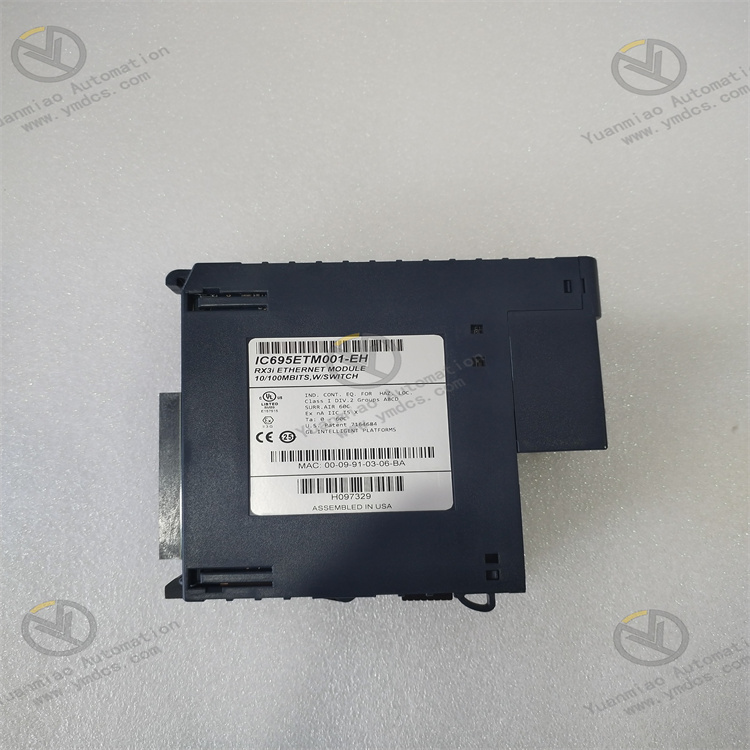
IV. Common Faults and Solutions
Possible Causes: Physical damage to the Ethernet interface, such as loose RJ45 interface, bent or oxidized pins; poor quality or broken network cable; failure of the network switch port; IP address conflict or incorrect network parameter settings.
Solutions: Check whether the Ethernet interface is physically damaged. If the interface is loose, re-plug the network cable; if the pins are bent or oxidized, try to repair or replace the module. Replace with a qualified network cable and ensure that the crystal heads at both ends of the network cable are crimped firmly. Connect the network cable to other normal switch ports for testing to check for switch port faults. Check and modify network parameters such as IP address to ensure no conflict with other devices in the network and compliance with network planning.
Possible Causes: Heavy network load with a large amount of data being transmitted simultaneously; excessive network cable length leading to signal attenuation; electromagnetic interference affecting data transmission; outdated module firmware version.
Solutions: Optimize the network structure, reasonably allocate network bandwidth, and avoid multiple devices transmitting large amounts of data at the same time. Shorten the length of the network cable, or use a repeater or fiber optic transceiver to enhance the signal during long-distance transmission. Take anti-electromagnetic interference measures, such as adding a shielding layer to the network cable and keeping it away from strong interference sources such as motors and frequency converters. Upgrade the module firmware to the latest version to fix potential issues affecting data transmission in the firmware.
Possible Causes: Incorrect protocol configuration, such as incorrect port number or device address settings; incompatible protocol versions between communicating parties; failure of the module's protocol function.
Solutions: Recheck the protocol configuration parameters to ensure they are consistent with those of the communicating party. For example, the default port number of Modbus/TCP is 502, and it is necessary to confirm that both parties have the same setting. Confirm whether the protocol versions of the communicating parties are compatible. If not, upgrade the protocol version of one party or replace the device that supports the corresponding version. If there is a failure in the protocol function, try restarting the module or restoring it to factory settings. If the problem persists, it may be a hardware failure of the module, and the module needs to be replaced.
Possible Causes: The module is not correctly installed in the rack slot, resulting in poor contact with the backplane; the module itself is faulty; the system firmware does not support the module; the rack or backplane is faulty.
Solutions: Reinstall the module into the rack slot to ensure it is installed in place and has good contact with the backplane. Replace with a spare module for testing. If the spare module can be recognized by the system, it indicates that the original module is faulty and needs to be replaced. Upgrade the system firmware to a version that supports the module. Check whether the rack or backplane is damaged and replace them if necessary.
Possible Causes: Unstable system power supply with voltage fluctuations exceeding the module's tolerance range; poor heat dissipation of the module leading to excessive operating temperature; internal circuit failure of the module.
Solutions: Check whether the system power output is stable, ensure the voltage is within the normal range of 5V DC, and replace with a stable power module if necessary. Clean the dust around the module to ensure good heat dissipation and ventilation, and avoid excessive operating temperature of the module. If the above methods are ineffective, it may be an internal circuit failure of the module, and the module needs to be replaced.


